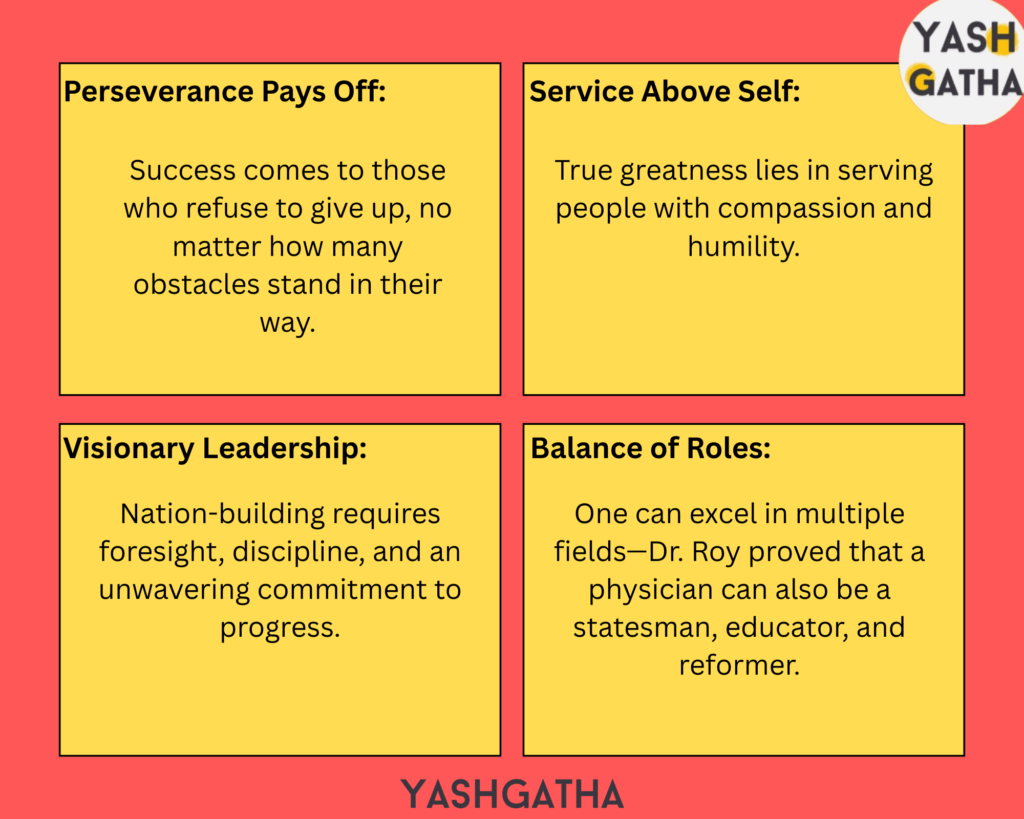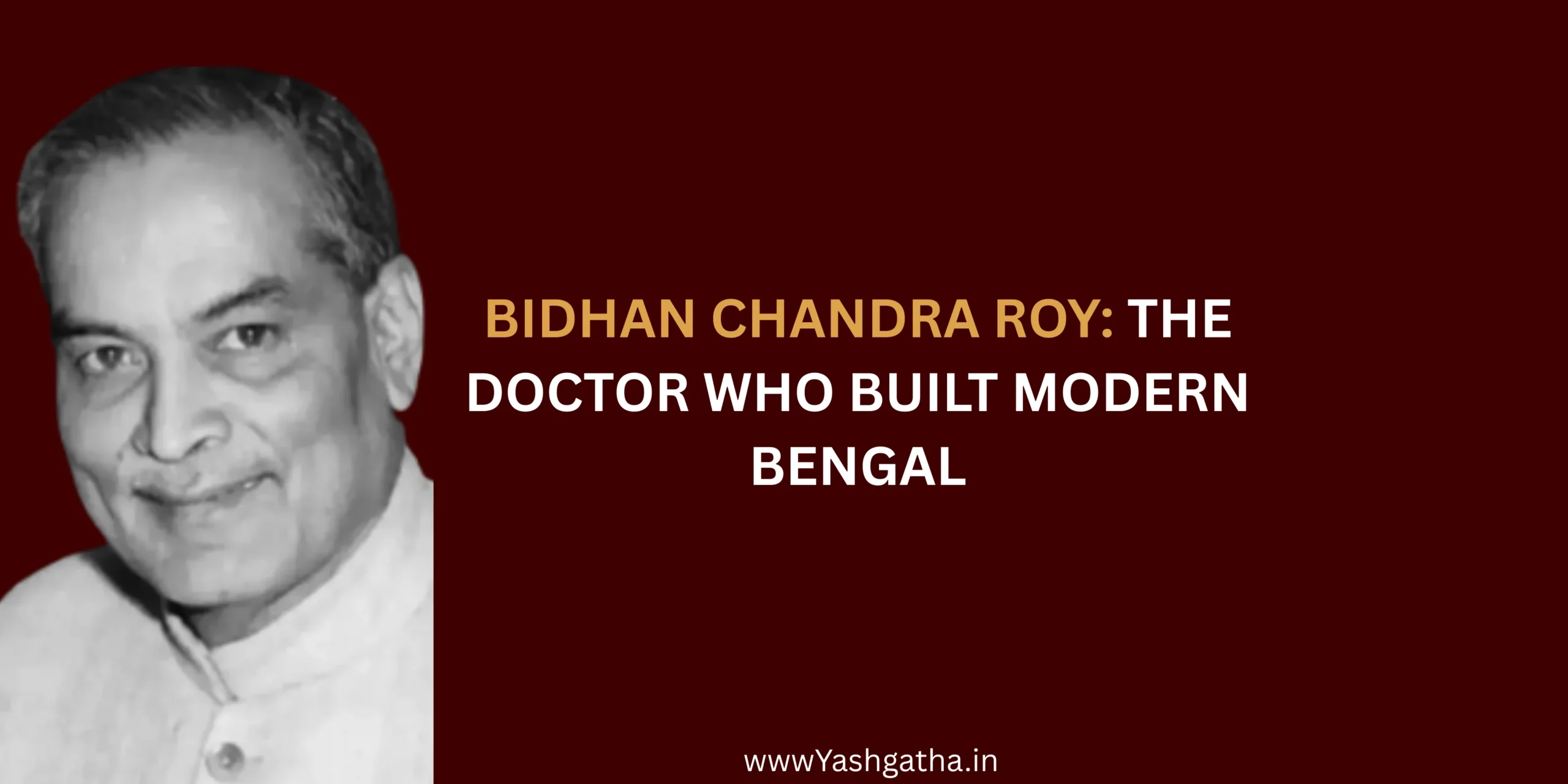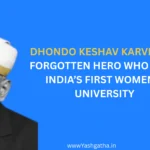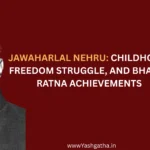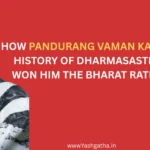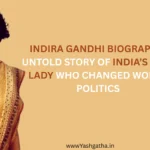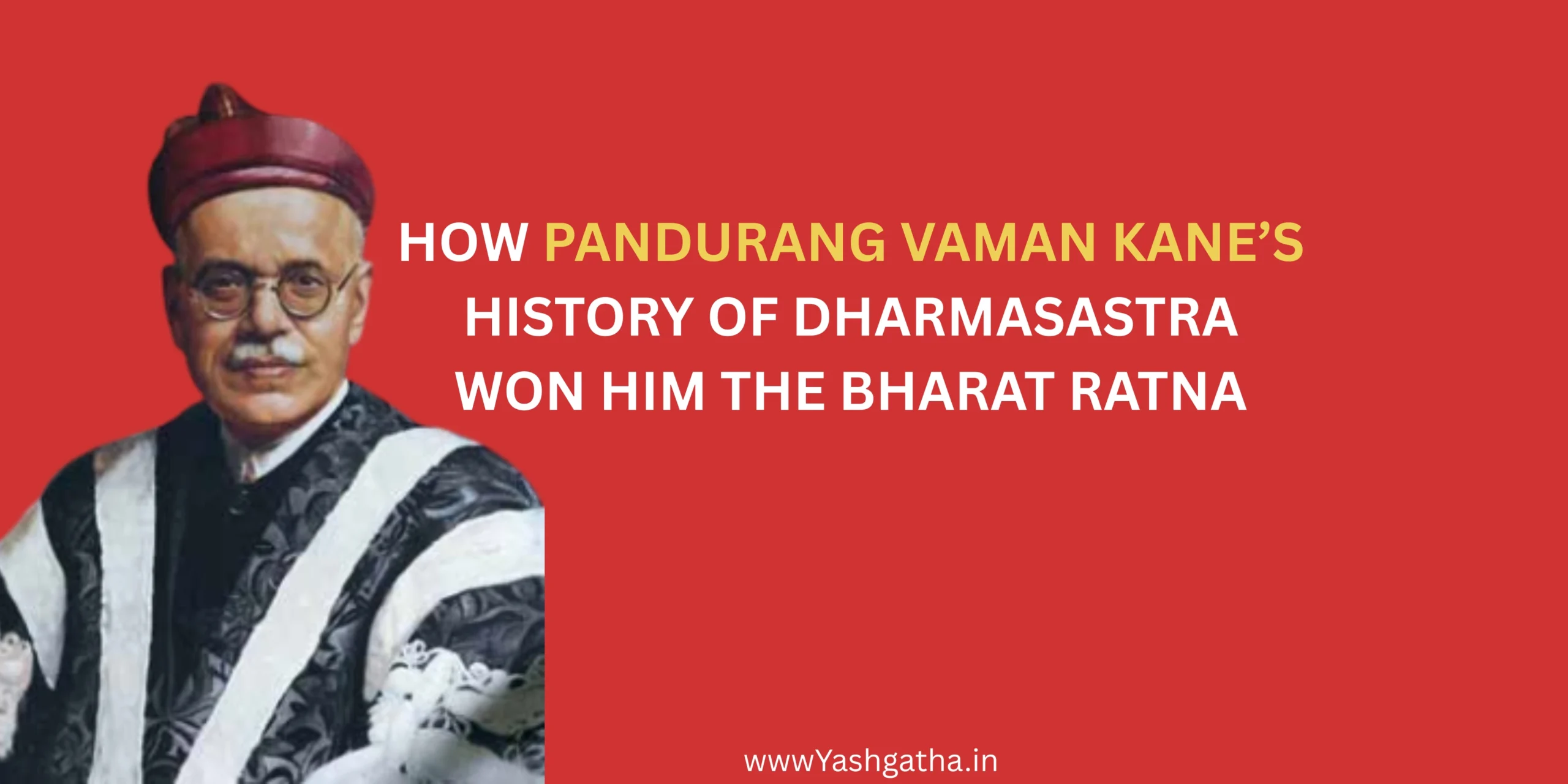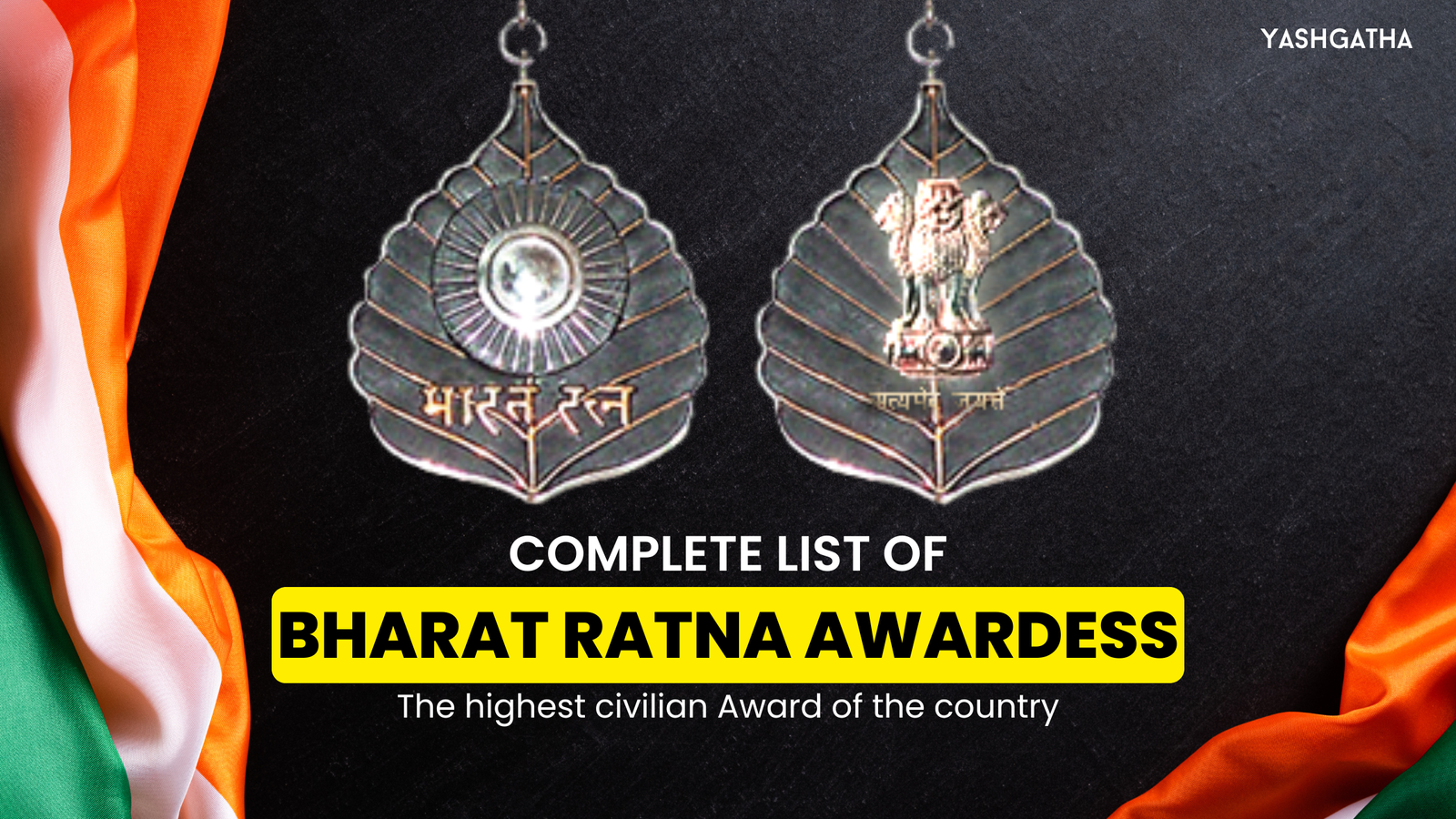Bidhan Chandra Roy, born in Patna, Bihar, and later known as the architect of modern West Bengal, was awarded the Bharat Ratna in 1961 for his remarkable contributions to medicine and public service, leaving behind a legacy defined by his famous words: “The success of a nation depends not on the amount of money it has, but on the number of men it produces of character and intelligence.
Dr. Bidhan Chandra Roy, one of India’s most celebrated physicians, freedom fighters, and statesmen, rose from humble beginnings in Patna to become the visionary architect of modern Bengal, balancing his unmatched medical brilliance with an extraordinary political career that earned him the Bharat Ratna in 1961 and a timeless place in India’s history as a leader who lived and breathed the philosophy of service, resilience, and nation-building.
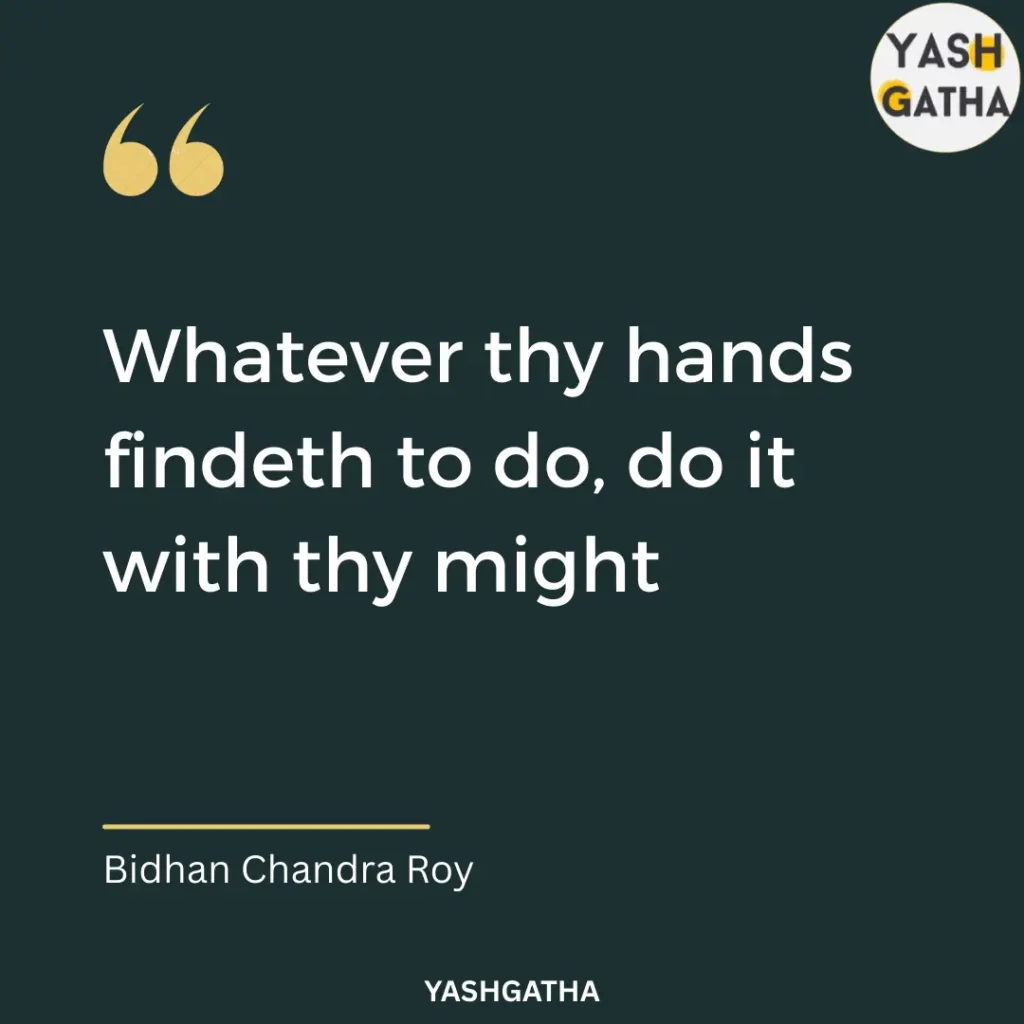
Early Life & Challenges :
Dr. Bidhan Chandra Roy was born on July 1, 1882, in Patna, Bihar, into a middle-class Bengali family. His father, Prakash Chandra Roy, served as a deputy collector, while his mother, Aghorkamini Devi, was a deeply religious woman who shaped his values of humility and compassion. Growing up in a disciplined household, young Bidhan was taught the importance of education, integrity, and service to society.Despite financial limitations, his brilliance shone through from an early age. He pursued medicine at Calcutta Medical College, where his sharp intellect and hard work made him stand out. Yet, his journey was not smooth—when he applied to St. Bartholomew’s Hospital in London, he faced repeated rejection. Instead of giving up, he reapplied persistently, not once or twice but 30 times, until he was finally accepted.
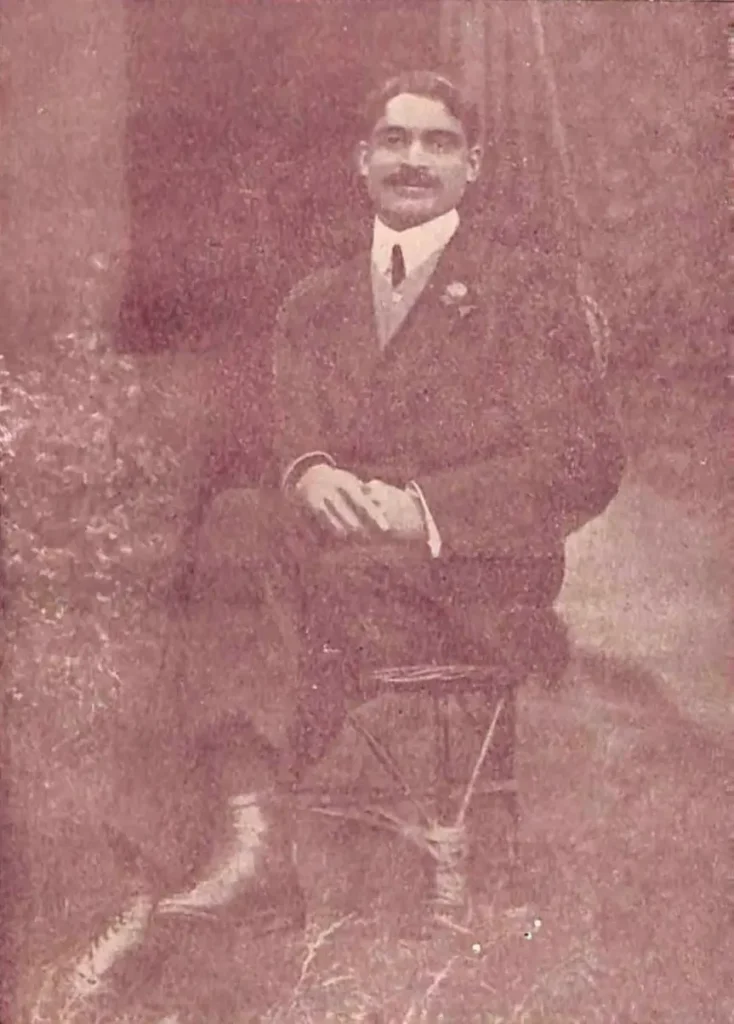
credit: wikipedia
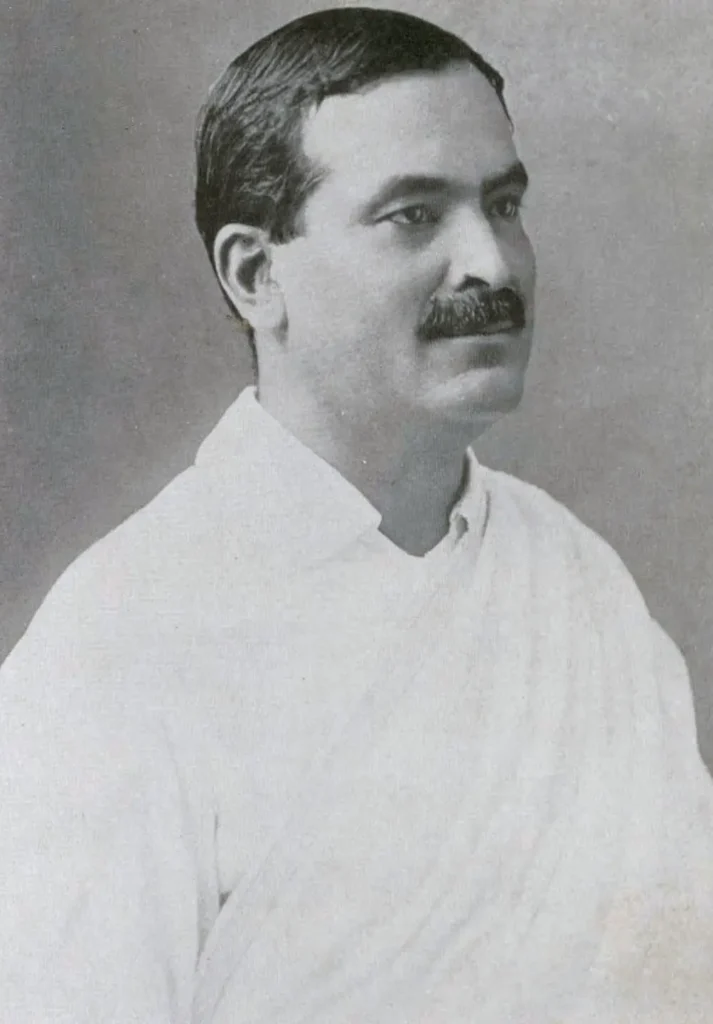
credit: wikipedia
Once admitted, Dr. Roy stunned the medical world by completing both his M.R.C.P. and F.R.C.S. degrees in just two years—a feat that highlighted his determination, perseverance, and extraordinary brilliance. These early challenges not only molded his career but also instilled in him the resilience that would later define his contributions as a physician and statesman.
The Turning Point :
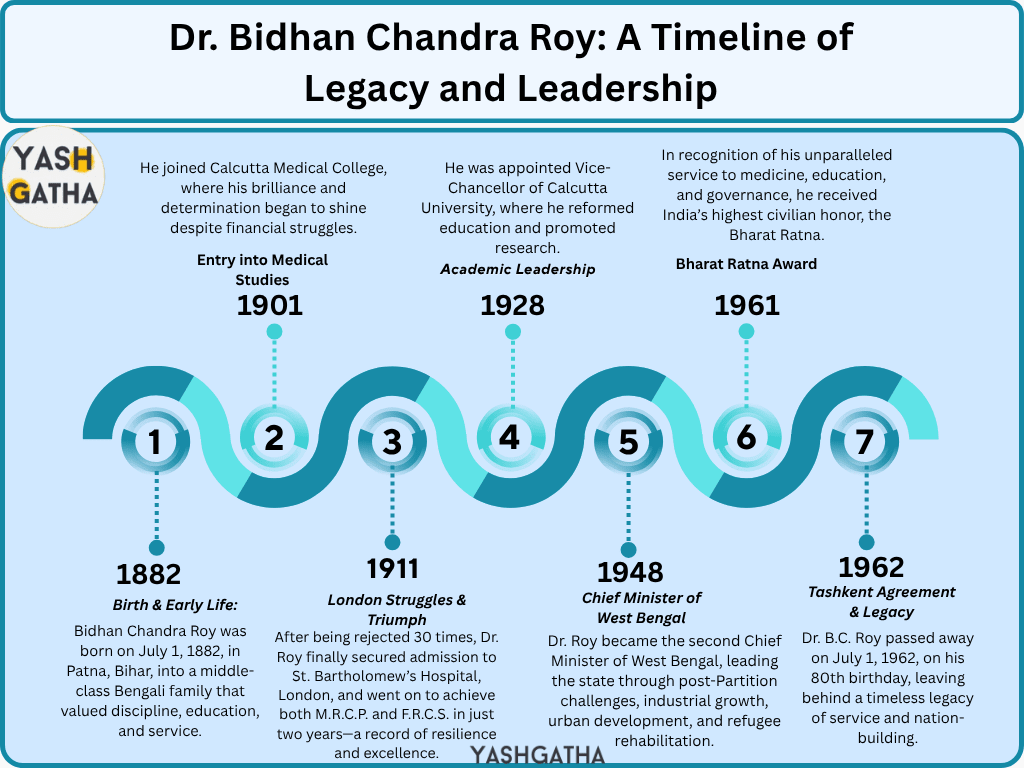
The Recognition & Award :
Dr. Bidhan Chandra Roy’s life of service and excellence reached its peak when he was conferred with the Bharat Ratna in 1961, India’s highest civilian honor. This recognition was not just for his extraordinary medical achievements as one of the country’s most respected physicians, but also for his visionary leadership as the Chief Minister of West Bengal.
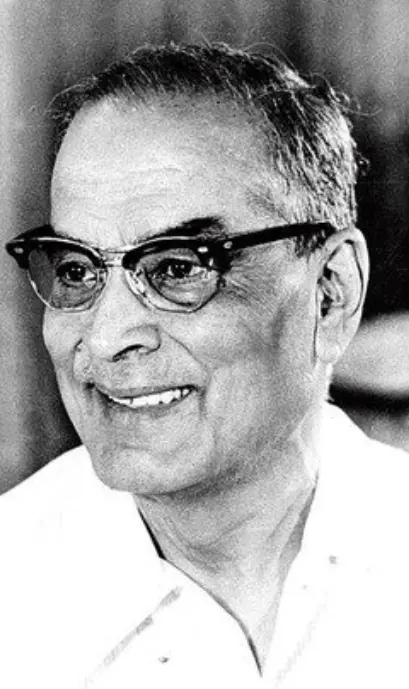
credit:IIM Calcutta
The award highlighted his:
- Contribution to Medicine: A physician who treated countless patients selflessly, often without charging the poor.
- Role as Nation Builder: Architect of modern West Bengal, creating planned cities like Bidhannagar, Kalyani, Durgapur, and Asansol.
- Educational Leadership: As Vice-Chancellor of Calcutta University, he pushed for innovation and research.
- Public Service: His governance during one of Bengal’s toughest times—post-Partition refugee crisis—proved his commitment to people.
In honoring Dr. Roy with the Bharat Ratna, India recognized a man who was not only a doctor of the body but also a doctor of society.
What Changed After the Awards :
Even after receiving the Bharat Ratna in 1961, Dr. Bidhan Chandra Roy remained deeply committed to service and progress. The award brought him national recognition, but it never changed his humility or sense of duty. Instead, it fueled his determination to continue shaping Bengal and India’s future.
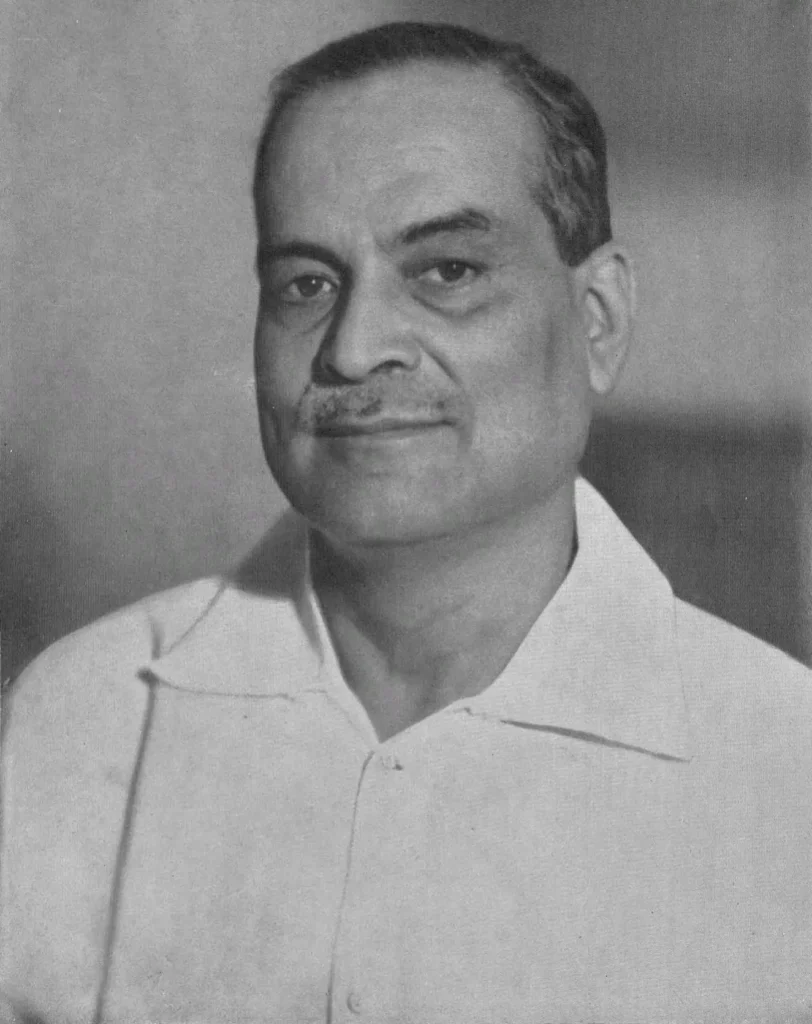
credit: wikipedia
Key Changes & Contributions After the Award:
- Strengthened Urban Development: Expanded planned townships like Bidhannagar (Salt Lake City), Kalyani, and Durgapur, transforming Bengal’s urban landscape.
- Healthcare Reforms: Continued to improve hospitals and medical institutions, ensuring access to affordable treatment for the poor.
- Refugee Rehabilitation: Intensified efforts to settle millions displaced during the Partition, offering housing, education, and employment.
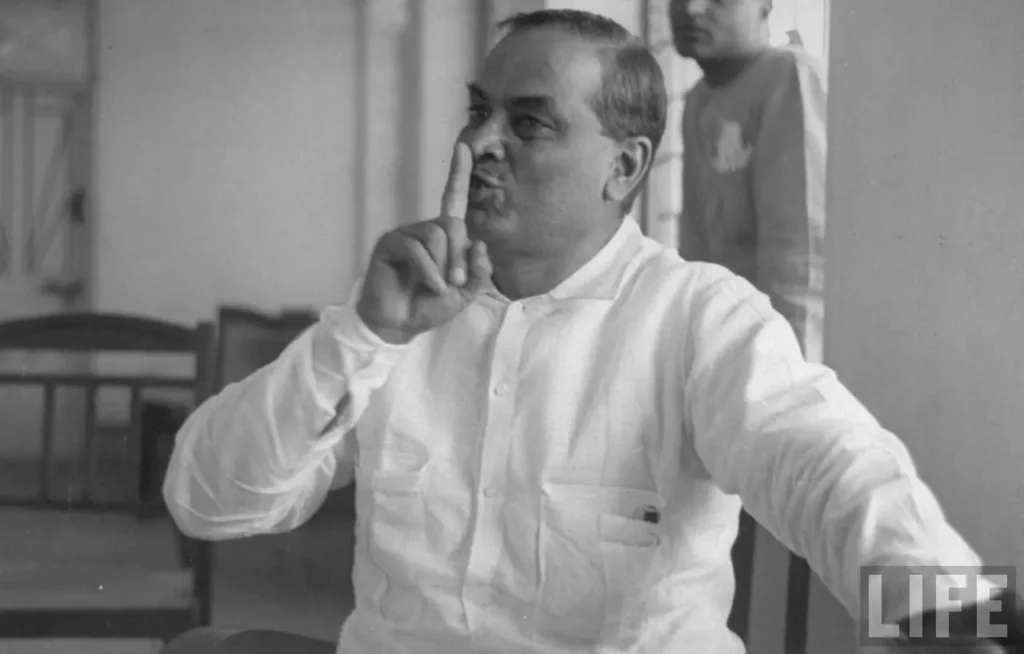
credit: wikipedia
- Industrial Growth: Encouraged industries to set up in Bengal, laying the foundation for modernization and job creation.
- Unwavering Medical Service: Despite being CM, he still practiced medicine, often treating patients for free—showing his heart never left healing.
- Legacy of Leadership: His simple lifestyle and tireless work ethic set an example of leadership rooted in service, not power.
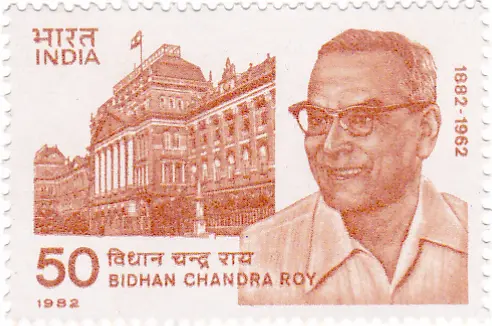
credit: wikipedia
Dr. Roy’s post-award years proved that honors did not mark the end of his journey but became a catalyst for even greater nation-building efforts.
Yashgatha Takeways:
Dr. B.C. Roy’s journey—from a determined student who faced rejection 30 times to becoming one of India’s greatest doctors and leaders—offers timeless lessons for all of us.
